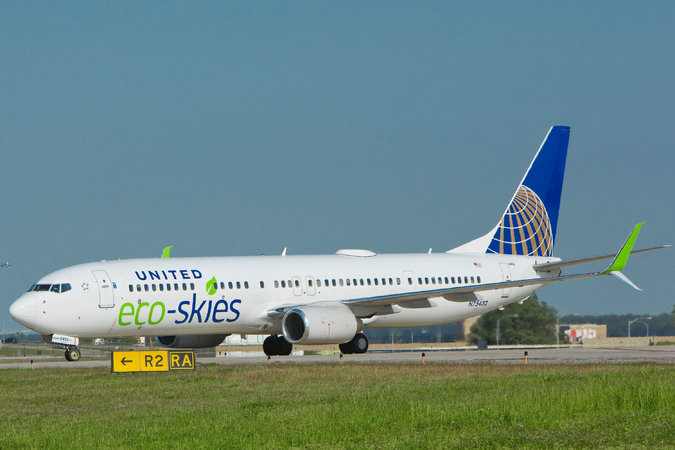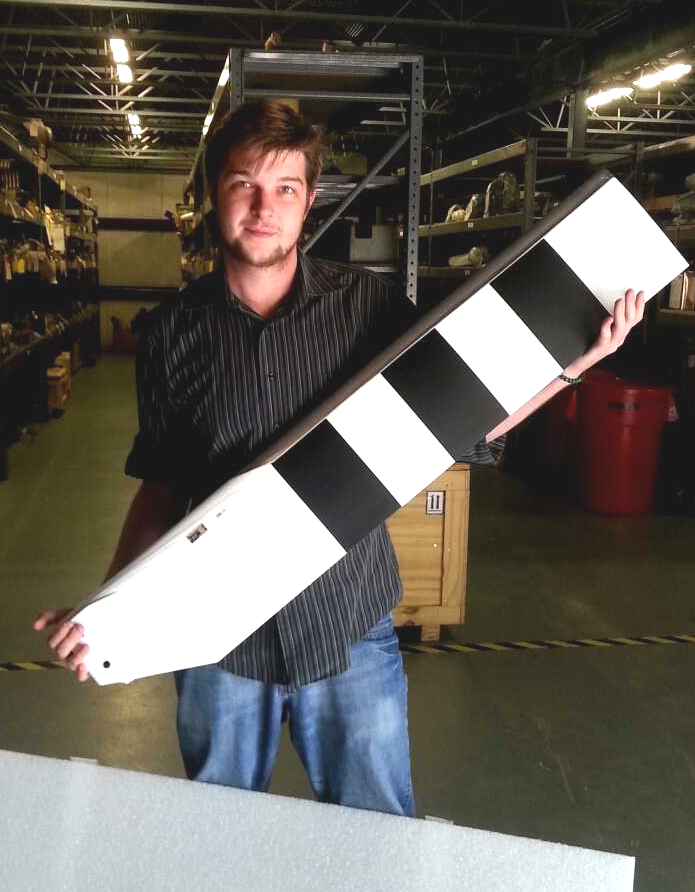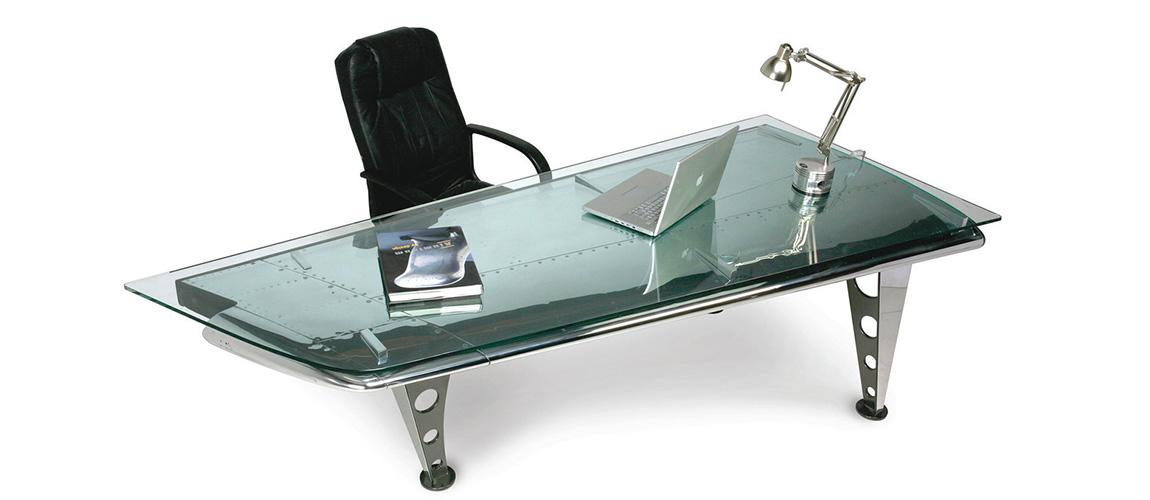Aircraft spare parts is a big deal. The aviation industry spends $5 billion, yes with a B, annually on replenish stock.
Stock is the insurance policy against unplanned removals and it's costly. No wonder so many people are stressed.
According to Oliver Wyman, this has a collective airline sheet balance of $19 billion. And yes, again with a big giant B.
Having the right aircraft components, at the right time, and in the right place is critical. Notice how I left out price?
Overstocking aircraft components isn't the solution
Many airlines have issues with over-insuring less critical and poorly positioned components and under-insuring highly critical components. Olivery Wyman estimates $175 million in similar inefficiencies for one major airline.
A lot of provisioning is organized from the recommended spare parts list (RSPL) from the manufacture. This is not a very bright idea. These lists often overlook the insurance nature of spare assets. It's a good starting point but not a gold standard.
They're typically conservative at best and over inflated at worst.
One solution for a good insurance policy is outsourcing
Airlines have begun relying on third parties to provision their spare parts needs. This improves access to aircraft components while reducing the significant amounts of capital tied up in inventory.
Aerotime explains it perfectly:
"Although maintaining a spare parts stock has long been a routine part of any airline’s life, it seems the situation has been gradually changing for a while now. Under competitive pressure more and more airlines have actually been abandoning the strategy of holding huge and expensive parts stock to support their operations.
In fact, according to the industry experts, the airlines have been reducing their stocks for about 10 years now, if not more. If such a pace remains, it is said that by 2020, the operators will abandon inventory stocking at all, thus switching solely to the offerings from third-party providers. Nevertheless, if this scenario in fact proves to be true, the industry has still a lot to do in order to improve the efficiency, transparency and reliability of such services."
Relying just on a third party isn't a good insurance policy
Outsourcing is a great way to reduce capital tied up on the shelves, but for an effective aircraft component insurance policy, it's not just up to them.
[Tweet "Focusing your efforts on internal processes can dramatically reduce your cycle time."]
Oliver Wyman states that for most airlines each day they reduce their cycle time amounts it can translate to $1 million in inventory shed from the balance sheet. Amazing!
In order for you to reduce your capital and AOG pressure, incorporate a better aircraft component insurance strategy into your operations.
Do you need better insurance to cover your AOG needs? Are you in need of spare parts provisioning? Fill out the form below and we'd love to help.


















 This trifecta of efficiency is what the aviation industry is raving about and why companies like Pratt and Whitney and even GE Aviation has adopted this new technique in manufacturing.
This trifecta of efficiency is what the aviation industry is raving about and why companies like Pratt and Whitney and even GE Aviation has adopted this new technique in manufacturing.